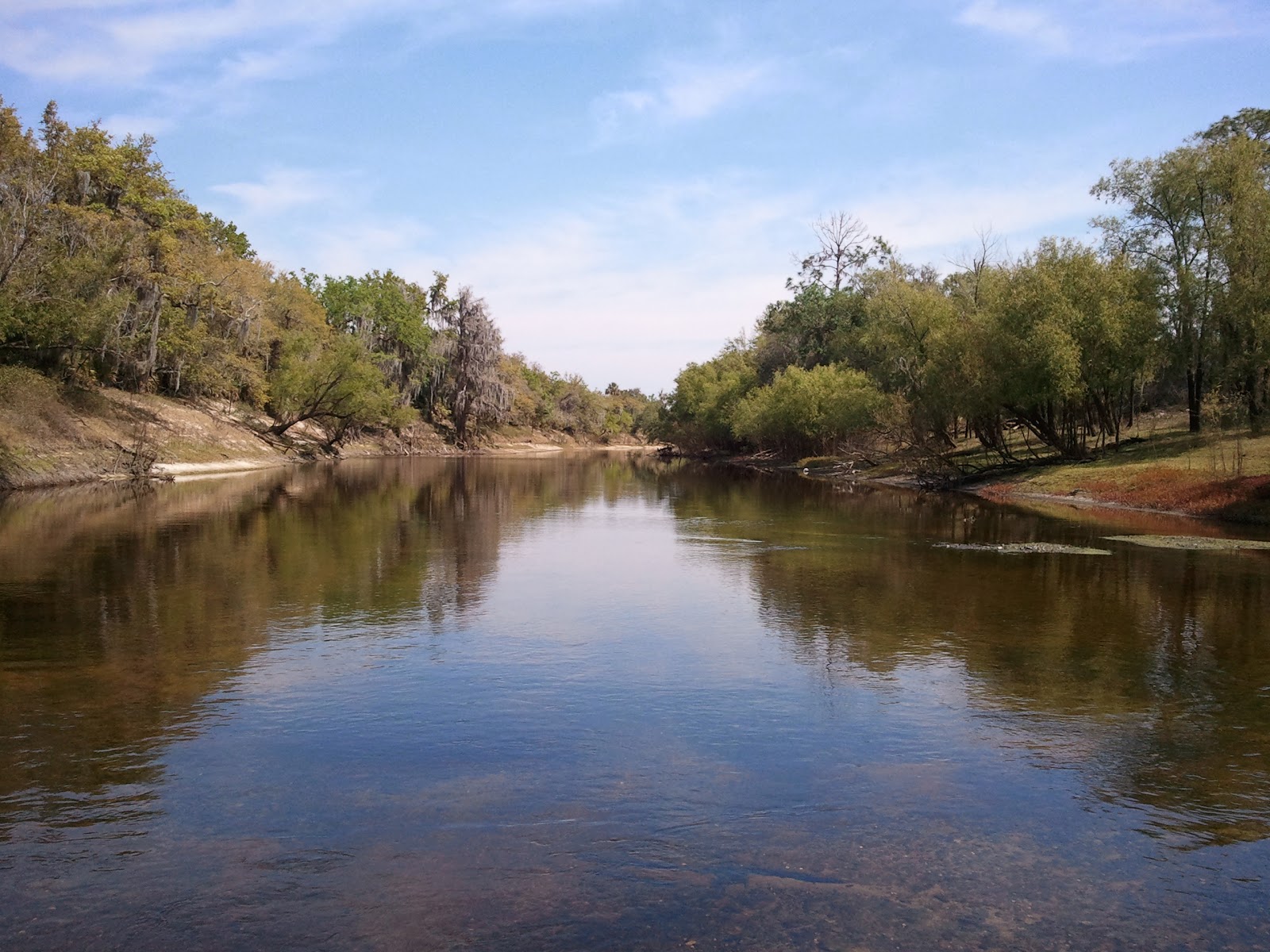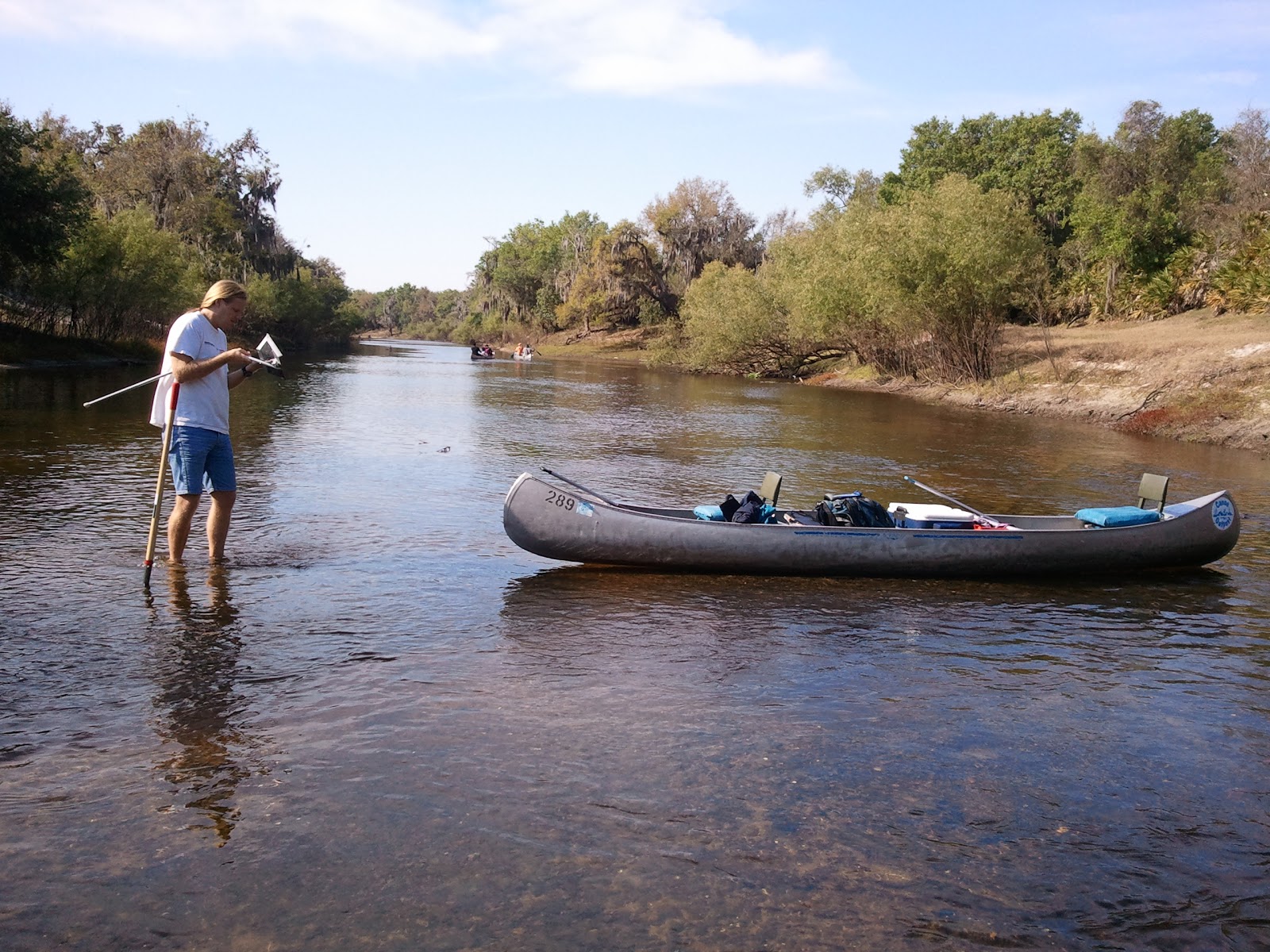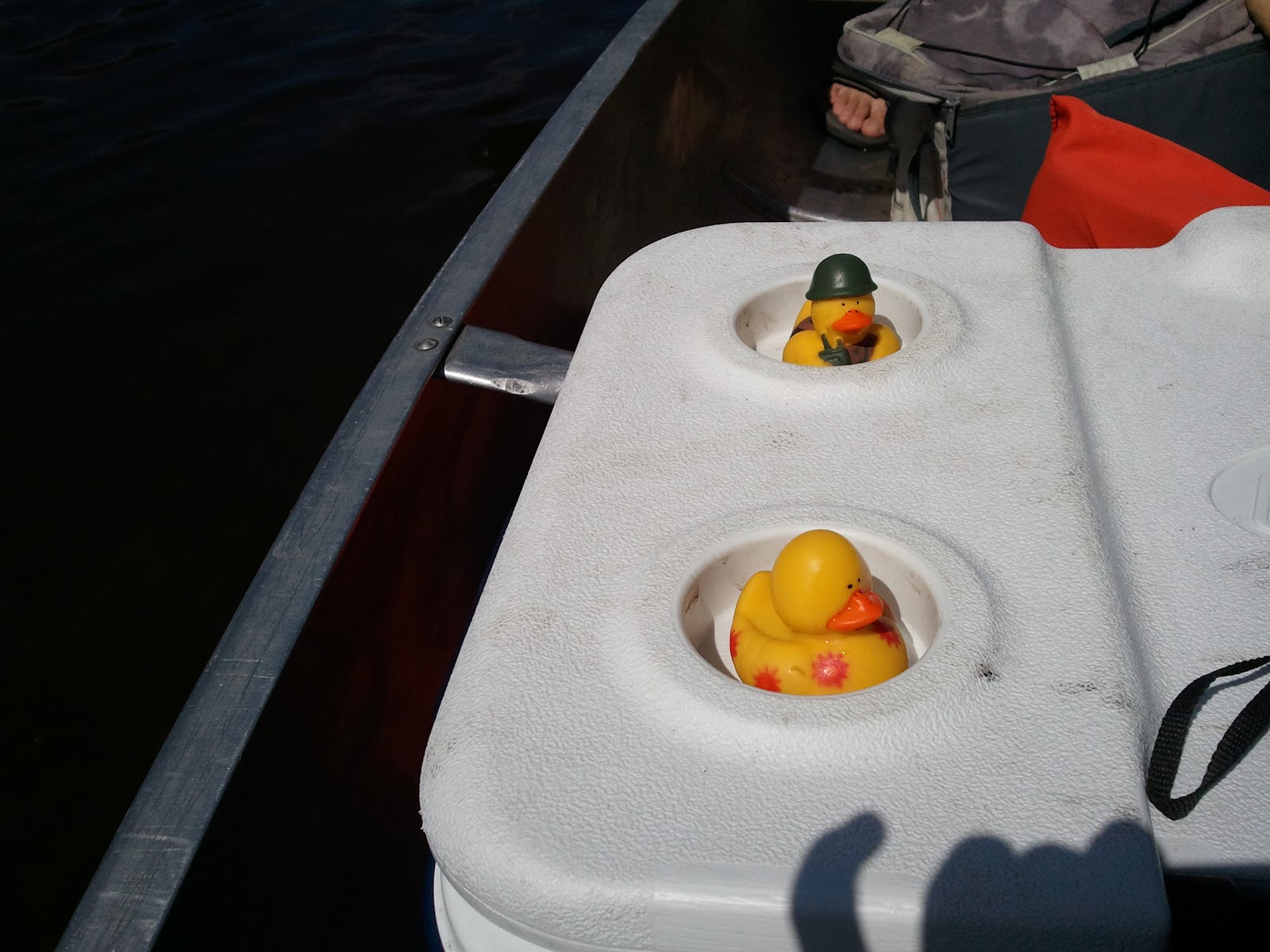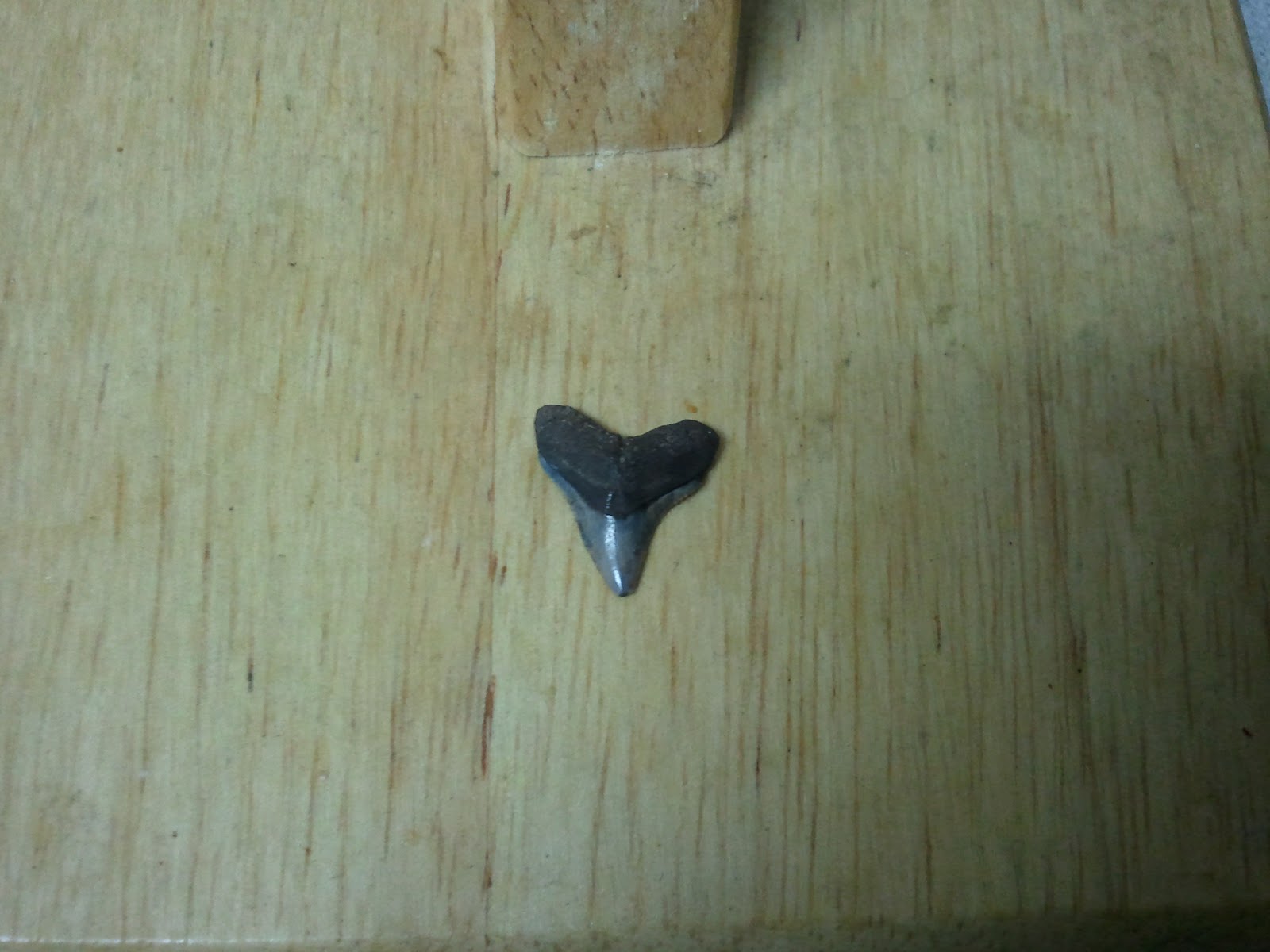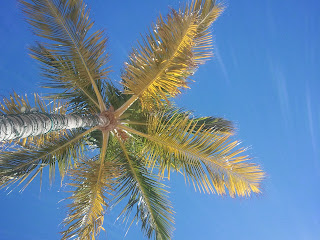“You’re only given a little spark of madness. You mustn’t lose it.” ~Robin Williams
Congratulations Northern Hemisphere…you are rapidly approaching emergence from a long winter hibernation, and the first thing on your mind is, “If I don’t get back on the lake/river/ocean soon, I may do societal harm!” Good for you for having your spring priorities in line! Many of you will be embarking on your PWC ‘spring cleaning’…which is really just another way of saying Dewinterization. If you properly winterized before storing your baby last fall, this should involve little more than a fresh tank of gas, a battery charger, and a good dust rag. Some like to start the season off with some basic maintenance…changing fluids and spark plugs. These simple measures can make the difference between an epic first day back on the water, or complete disaster when your trusty vessel coughs to an unglorious halt in the middle of the lake. While I am fortunate enough to never have to winterize, I am not immune to the same maintenance practices. Everyone ought to learn how to do the basics…it really is quite easy, and will save you a ton of time and money. Waits are long at the shop come spring, so becoming self-sufficient will be rewarding both for your knowledge base and your wallet.
One of the easiest DIY tasks on your ski is changing spark plugs. They are cheap, readily available at any auto parts store, and the only tool (generally) required is a ratchet and socket. Depending on your riding style, you may opt for high performance plugs, such as split-fires or iridium plugs. My Seadoo 4-tec uses regular, everyday NGK spark plugs. I buy them at Advance Auto Parts for less than $2 apiece.
 |
| Typical garden variety NGK spark plug. |
Two-stroke skis typically have their plugs protruding from the top of the head, covered by a rubber boot. Simply pull off the rubber boot, use your ratchet and socket to remove them (they are threaded into the cylinder head), and then do the opposite with the new plug. That’s it!
Four-strokes are the same procedure. Though on my Seadoo they are not sticking up on top of the head…they are recessed down inside, and are covered by a long ignition coil. In this case, you first carefully unplug the injector wire (be careful, there is a tiny rubber orange spacer in there that can fall out, never to be seen again if it falls in the bilge – ask me how I know) from the coil. Then grasp the top of the coil and carefully but steadily pull straight up on it until it breaks loose from the spark plug tip inside, and gently remove. Finally, grab the ratchet and socket, but you will need an extension on your ratchet. Lower the socket into the opening and feel around until it “grabs” the base of the spark plug, and then just unscrew and remove. Do the opposite for install, then rinse and repeat for all plugs.
 |
| The spark plugs on a Seadoo 4-tec are under the three ignition coils. |
 A few pointers…your new plugs come with a standard electrode gap. It is very important that the gap distance is correct. Your engine is designed to draw spark with a specific plug that has a specific gap measurement. And while they “should” be properly gapped when you buy them, it is good practice to check the gap before installing your new plugs. There is a simple tool for doing this, which can also be found at any auto parts store. It looks very similar to a silver dollar. As you look at the edges of it, you will see that the thickness increases as you go around the circumference, and there are corresponding gap values listed on the flat face. Just slide the tool into your electrode gap and see where it falls. 99% of the time, they come out of the box within tolerance. But that 1% will getcha, so just check. It only takes a moment.
A few pointers…your new plugs come with a standard electrode gap. It is very important that the gap distance is correct. Your engine is designed to draw spark with a specific plug that has a specific gap measurement. And while they “should” be properly gapped when you buy them, it is good practice to check the gap before installing your new plugs. There is a simple tool for doing this, which can also be found at any auto parts store. It looks very similar to a silver dollar. As you look at the edges of it, you will see that the thickness increases as you go around the circumference, and there are corresponding gap values listed on the flat face. Just slide the tool into your electrode gap and see where it falls. 99% of the time, they come out of the box within tolerance. But that 1% will getcha, so just check. It only takes a moment.
I am a fan of painting anti-seize on the threads of the new plugs before putting them in. Your plugs are always in danger of getting moisture on them. And on the Seadoo 4-tecs, if water gets down inside the recess where the plug is, it has no way to escape. Salt water getting in there is even worse! If you have never had a plug’s threads seize inside the head…lucky you. I learned the hard way about not putting enough dielectric grease in the ignition coil seals before reinstalling after a spark plug change. The metal expands and gets stuck. I ended up snapping off the top of the spark plug, with the seized threads still stuck in the head, after trying to get it out with a breaker bar. Perry Performance Group came to my rescue and was (thankfully) able to extract it. But it was NOT a budget-friendly repair, and it was completely avoidable!
Take a few moments to examine your old plugs. You ideally want all three to look similar in color, indicating that all cylinders are operating the same. For 2-strokes, you should always have some oil dampness present. A dry plug could indicate a cylinder that is running too lean, which can certainly lead to piston seizure. No fun! Four-strokes do not burn oil, so the plugs should NOT be oily. I usually just find a bit of amber discoloration on them. If they are damp for any reason, that is a red flag that you may have a leaky head gasket or some other oil leak that is allowing it into the combustion chamber.
 |
| What a socket looks like with a broken off spark plug in it! |








